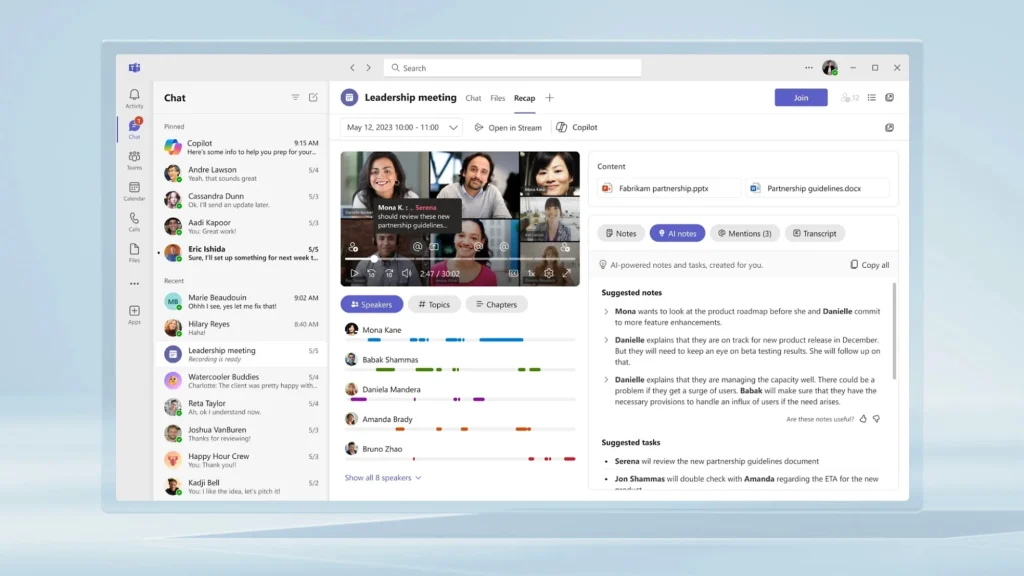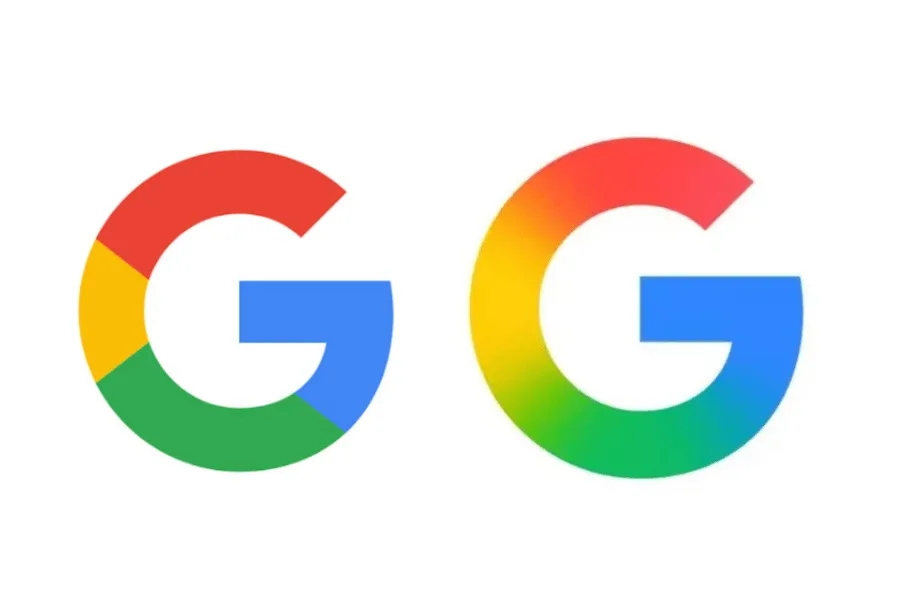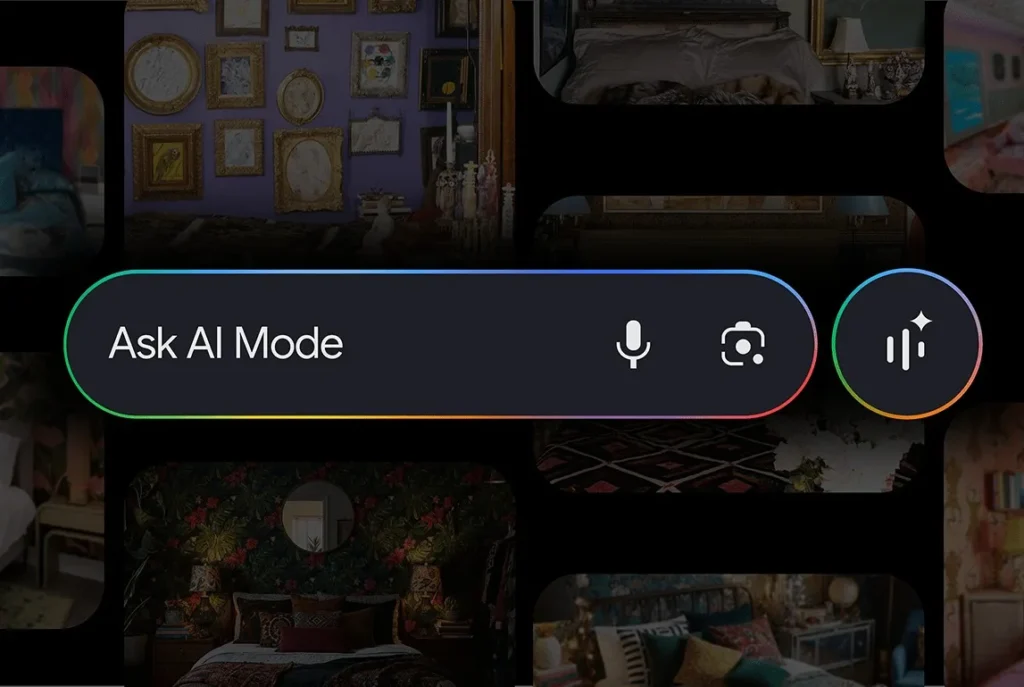Microsoft Teams introduces detachable windows for chats and channels
In the ever-evolving landscape of business collaboration tools, Microsoft Teams is set to roll out a much-anticipated feature that users have been requesting for years: detachable pop-up windows for chats and channels.
According to a report from TechRadar, this update could significantly change how professionals manage multitasking, eliminating one of the main annoyances: the need to constantly switch tabs at the expense of focus and productivity.
Teams: Detachable Conversations for True Multitasking
The premise is simple yet incredibly effective. Users will now be able to right-click on a chat or channel and select a new option, “Detach in a window.” This will open a separate, movable, and resizable window.
This feature is clearly inspired by what competitors like Slack and Discord already offer, allowing users to keep multiple conversations open simultaneously.
For the 300 million Teams users worldwide, this means fewer back-and-forths between tabs—a significant advantage for those participating in a meeting while tracking several project discussions.
In sectors such as finance, consulting, or customer service, where real-time interactions are crucial, this boost in flexibility could make a considerable difference.
A Late Improvement… But Strategic
Indeed, some observers point out that Microsoft is somewhat late to the game. Teams has often had to “catch up” to competitors, introducing features like threaded conversations and intelligent agents. However, this time, the results are promising.
According to internal sources, tests conducted by Microsoft reportedly showed a 20% reduction in fatigue related to context switching and a notable increase in user satisfaction.
This advancement aligns with a broader strategy: making Teams more fluid and adaptable to the realities of hybrid work.
Gradual Deployment and Controlled Security
The official launch is scheduled for the end of October, initially for the desktop version of Teams, before expanding to web and mobile.
Microsoft is adopting a cautious approach to ensure compatibility with existing integrations, particularly with Dynamics 365 and the security tools within the Microsoft ecosystem.
According to TechRadar, the impact on IT departments will be minimal. However, some companies may need to adjust their internal policies, especially in regulated sectors where window management can pose privacy risks.
A Tangible Productivity Gain
Studies indicate that repeated interruptions and screen changes can decrease productivity by up to 40%. By allowing users to have multiple discussions open at the same time, Microsoft Teams aims to eliminate this “cognitive cost” of multitasking. This development could also give Microsoft a competitive edge over Zoom, which, while easier to use, is less integrated into professional environments.
As TechRadar noted, the strength of Teams lies in its deep integration with the Microsoft ecosystem, and this new feature further highlights that advantage.
What’s Next? The Future of a Smarter Teams
According to several analysts and an article from Wavenet published in September 2025, Microsoft does not plan to stop here. Next steps may include:
- Customizable window behaviors (e.g., automatic opening of specific channels on startup);
- AI-assisted organization, capable of grouping or prioritizing windows according to projects;
- Dynamic layouts for ultra-wide or multi-monitor setups.
“The goal is for technology to fade away, allowing human productivity to shine,” summarized a Microsoft executive.
With over 300 million users globally, even a “minor” improvement like this could result in a massive economic impact, saving billions of work hours each year.




